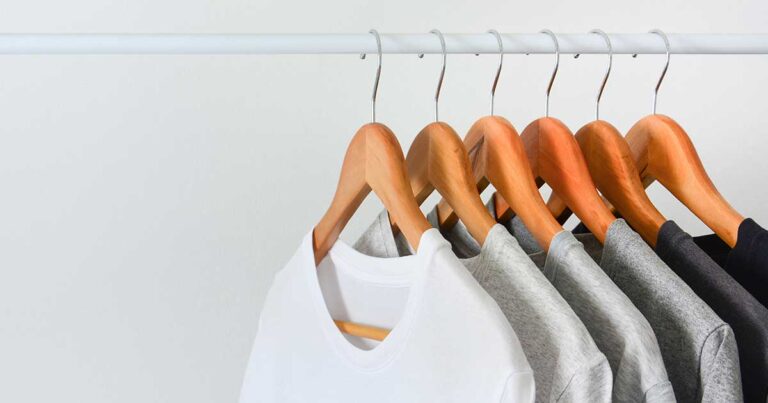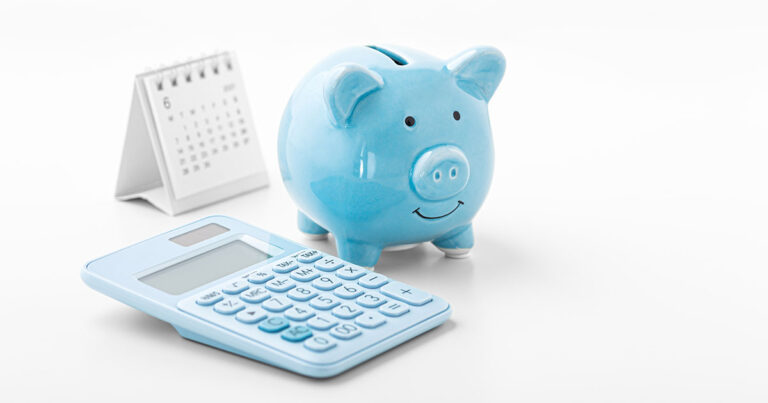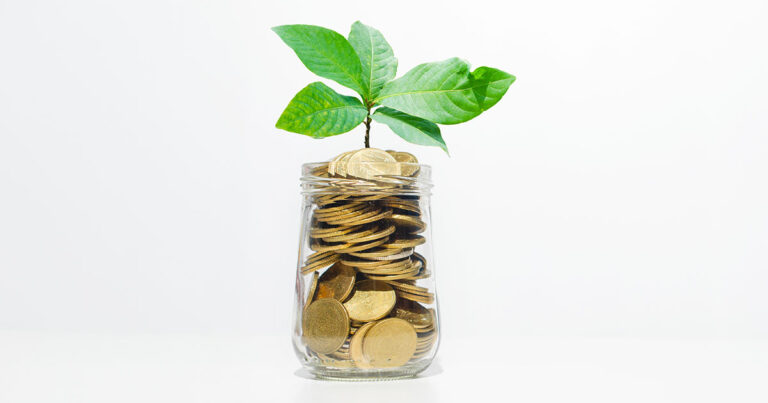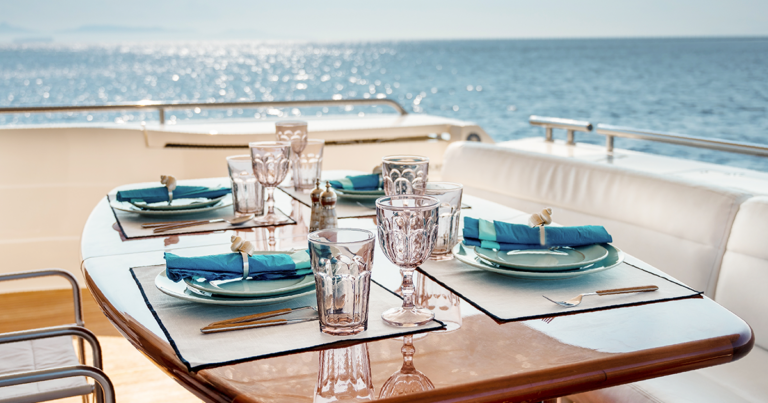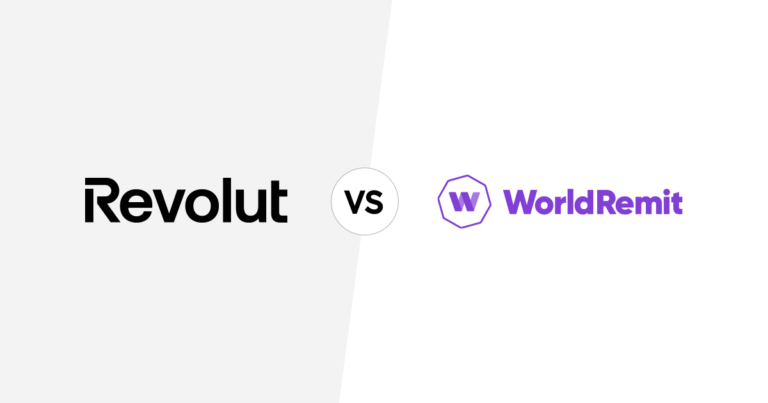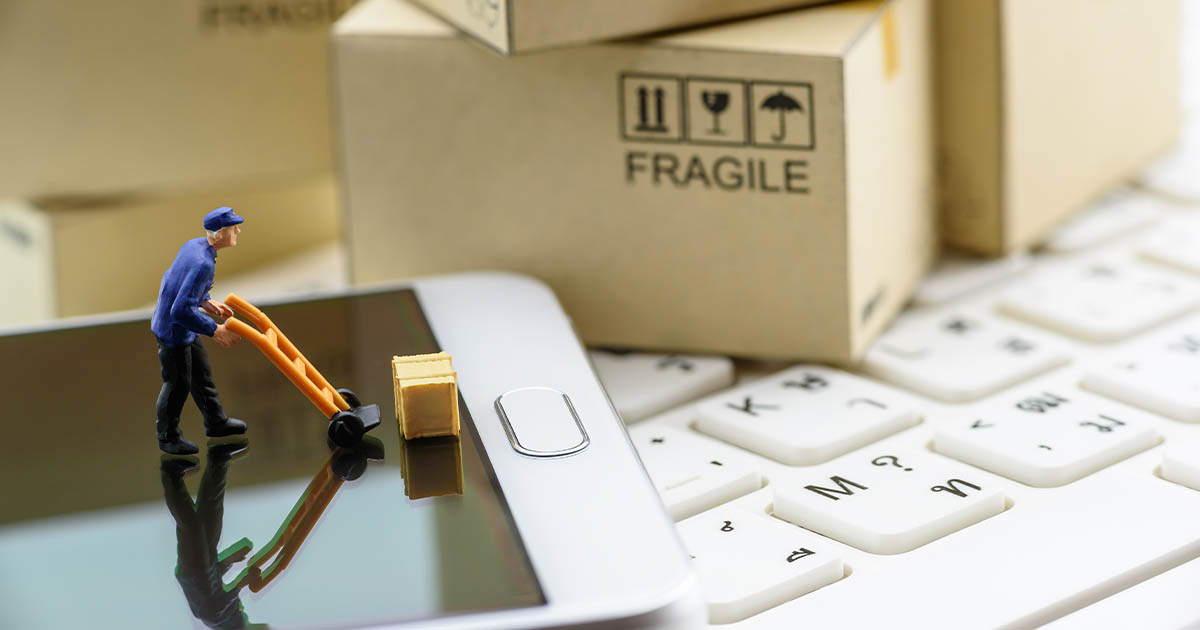
This article covers:
So, 2025 kicks off with one word on everyone’s mind : Tariffs. They’re shaping trade, hitting industries, and sparking debate. But what does this actually mean for businesses and everyday consumers?
In this blog, we’re skipping the politics and getting straight to the point—what tariffs really are and, more importantly, how they impact exchange rates.Ready to dig in? Let’s go!
What is a tariff?
Alright, so what exactly is a tariff? According to the Cambridge Dictionary, it’s basically a fee or list of fees—either for services or on goods coming into a country. Simple enough, right? But it’s more than just an extra cost. In trade, tariffs are a tool governments use to regulate imports—often to protect local industries or balance trade.
How do tariffs work?
Let’s break it down with a simple example:
A company in Country A sells chairs for $20 each to buyers in Country B, where they’re resold for $50—a straightforward business.
But then, the government in Country B decides to slap a $40 tariff on the chairs. Does the seller in Country A get that extra money? Nope! They still receive $20 per chair—the tariff is an additional cost that the importer or consumer in Country B has to pay.
So, who actually pays the tariff?
When the chairs arrive at Country B, the company from Country B has to cough up an extra $40 per chair to the government as a tariff. Now, instead of paying $20 per chair, their total cost jumps to $60 ($20 to me + $40 in tariffs).
To keep their usual $30 profit, they now have to increase the price for customers. So instead of a $50 chair, that same chair is now $90 in Country B.
In theory, tariffs are meant to encourage Country B to buy products, like shirts, from domestic manufacturers rather than importing them. But here’s the catch: it costs country B manufacturers significantly more to produce those shirts due to higher labour and overhead costs—often much more than the $10 it might cost to produce them elsewhere.
A common misconception is that the seller in Country A pays the tariff. In reality, it’s the buyer in Country B that covers the cost. And, as you might guess, those extra charges usually get passed down to consumers through higher prices.
However, consumers rarely see a clear breakdown of where those extra fees are going. Instead, they simply feel the squeeze as their costs rise.
So, if tariffs are so problematic, why do they still exist?
Here’s the thing: all taxes and regulations influence behaviour—that’s just how it works.
But what kind of behavior are tariffs trying to adjust? To understand that, you first need to grasp the purpose of trade. Trade is generally seen as a good thing because of something called comparative advantage.
Comparative advantage explained
What’s comparative advantage? The dictionary defines it as the ability of a person, business, or country to produce something at a lower cost than others. Let me break it down with an example.
- Let’s say there are two countries—Country A and Country B—and both need chairs and wood to keep their economies running: It takes Country A 5 workers to make a chair and 1 worker to produce wood. With 50 workers total, it can either make 10 chairs, 50 units of wood, or some combination of both.It takes Country B 10 workers to make a chair and 2 workers to produce wood. With only 30 workers, it can make 3 chairs or 15 units of wood.
- Comparative advantage suggests that Country B should focus on producing chairs, while Country A should focus on producing wood. Why? If Country B only produced for itself, it might make 1 chair and 10 units of wood. But if it produces 3 chairs and trades one to Country A, it can get more than 5 units of wood in return—coming out ahead.
Similarly, Country A benefits by producing one less chair and focusing more on wood. It can trade something less than 5 units of wood for a chair and still end up better off.
In short, comparative advantage allows both countries to specialize in what they’re most efficient at—Country A in wood and Country B in chairs—and trade to get more of what they need.
But if comparative advantage is so great, why do tariffs still exist?
Well, here’s the thing: comparative advantage works perfectly in a world where everything is rainbows and sunshine. In theory, it lets countries specialise, meaning everyone wins. But in the real world? It’s never that simple.
Let’s break it down: Imagine the country we buy wood from gets hit by a huge forest fire, and suddenly, there’s no wood available. Or what if trends shift, and people stop wanting wood altogether, preferring steel instead? And here’s the real kicker—what if the entire world relies on that one country for wood, and they decide to jack up the prices overnight?
While comparative advantage sounds great, the reality is that economic theory and real-world practice are two very, very different things. Tariffs exist because countries need to protect themselves from these kinds of risks and uncertainties. It’s not just about efficiency—it’s about stability and security too.
So, what are the types of tariffs?
Tariffs come in different shapes and forms. Let’s break it down:
Specific Tariffs
This is a fixed fee slapped on each unit of an imported good.
For example, in our earlier scenario, if Country B imposes a $40 tariff per chair imported from For example, in our earlier scenario, if Country B imposes a $40 tariff per chair, the buyer the buyer the buyer in Country B n Country B n Country B must ust ust pay an extra $40 per chair—regardless ay an extra $40 per chair—regardless ay an extra $40 per chair—regardless of its of its of its original price.iginal price.iginal price.
Ad Valorem Tariffs
Yes, it’s Latin—sounds fancy, right? But all it really means is that the tariff is based on a percentage of the item’s value rather than a fixed fee.
Let’s say instead of a $40 flat tariff, the B government decides to impose a 10% ad valorem tariff on the chairs.
- Company from country A still sells the chair for $20.
- Company from country B imports it and pays a 10% tariff on that price, which adds $2 to the cost.
- So now, instead of $20, the total cost of the chair becomes $22 before any markup.
If the Company B originally sold the chair for $50, they’ll likely adjust the price to maintain their profit margin.
Let’s say they usually mark up the price by 150% (which would have been $50 from the original $20).
- Now, applying the $22 cost and the 150% markup, the chair now costs $55 instead of $50.
So, thanks to this percentage-based tariff, consumers in Country B now have to pay $55 instead of $50 for the same chair. Not as dramatic as a flat tariff, but it still makes a difference!
Now, aside from just slapping extra costs onto imports, there are other ways governments can implement tariffs without directly charging fees. Let’s look at four common methods:
Licenses
Think of this like a permission slip from the government. If Country B wants to restrict chair imports, they might only allow a handful of companies to legally import chairs. By limiting who can bring chairs in and how many, the government effectively controls the supply. And guess what happens when supply is limited? Prices go up.
Import Quotas
This is another way to limit imports, but instead of controlling who can import, it sets a hard cap on how much can be brought in. For example, Country B might say, “Only 1,000 chairs are allowed into the country this year.” This kind of restriction often goes hand-in-hand with licenses. And just like with licenses, limiting the quantity drives prices higher.
Voluntary Export Restraints (VER)
We are putting “voluntary” in quotes because it’s not always as voluntary as it sounds. This is when Country A decides to limit how much of a product it exports, usually at the request of Country B. It’s a way to keep trade balanced or avoid bigger conflicts.
For example, Country A might agree to limit how much wood it exports to Country B. In return, Country B might limit how many chairs it exports to Country A. It’s like a trade compromise, but it still restricts the flow of goods.
Local Content Requirements
Instead of setting a quota on how much can be imported, Country B’s government can require that a certain percentage of a product be made domestically.
For instance, Country B could say, “30% of the wood used in these chairs has to be cut and processed here at home.” It’s a way to boost local industries while still allowing some imports.
So, even without directly adding costs, these methods can still make imported goods more expensive by restricting supply. It’s all about controlling the flow of goods into a country.
At the end of the day, tariffs are designed to protect domestic industries
Sure, they might sound like a bad deal at first, but their goal is to encourage consumers to buy locally. By making imported goods more expensive, tariffs push people to choose domestic products instead. This, in turn, helps local businesses grow, creates jobs, and keeps money circulating within the country.
But here’s the catch: consumer behaviour plays a huge role. If domestic goods aren’t seen as high-quality or competitive, people might still avoid them, even if they’re cheaper. So, tariffs alone don’t always solve the problem.
And then there’s another real-world complication: retaliation. When one country imposes tariffs, others often respond with their own, creating a back-and-forth that can hurt everyone involved. In the end, it’s companies and consumers who feel the squeeze.
So, while tariffs have their purpose, they’re not a perfect solution—especially in a world where trade relationships are so interconnected.
How tariffs affect exchange rates?
Currencies play a big role in trade. When tariffs lead to price increases– it also affects interest rates. And once central banks step in with their monetary policies, things can get pretty volatile. There’s a lot of back-and-forth, with constant fluctuations and adjustments needed to keep things balanced.
To see how this works in the real world, we’ll break it down with some recent examples and scenarios. There’s a lot to cover, but once we dive in, it’ll all start to click!
Impact on Trade Balance
Example: So, back in 2018, the U.S. decided to slap tariffs on goods coming from China. This move led to a drop in Chinese imports to the U.S., which meant fewer dollars were flowing into China.
With less demand for the Chinese yuan, its value took a hit against the U.S. dollar. Right after the first round of tariffs, the yuan lost about 5% of its value compared to the dollar. Then, a year later, when trade tensions got even worse, it dipped another 1.5%.
Inflation and Interest Rates
When tariffs were imposed on imported food, grocery costs rose. This led to inflation, prompting the central bank to raise interest rates. The increase in interest rates attracted foreign investors, strengthening the local currency.
Policy Uncertainty
During a major trade dispute, uncertainty over tariffs made businesses hesitant to invest. To stimulate economic activity, the central bank cut interest rates, temporarily weakening the currency.
Investor Sentiment
When retaliatory tariffs were introduced, global investors grew concerned about escalating trade tensions. Some withdrew their investments, leading to a decline in the currency’s value.
Risk Appetite
More recently, gold prices shot up to a record high on Tuesday (Feb 11) as investors turned to the classic safe-haven metal. The jump followed US President Donald Trump announced new 25% tariffs on steel and aluminium imports, which got everyone worried about a potential trade war and higher inflation.
With all the uncertainty, it’s no surprise people were looking for a secure spot to stash their cash. And let’s not forget—gold is basically its own kind of currency!
Economic Growth Concerns
Example: When tariffs were placed on steel imports, domestic manufacturers faced rising costs. Fears of slower economic growth caused investors to bet against the currency, leading to a drop in its value.
Supply Chain Effects
Example: When tariffs were imposed on electronics, companies that relied on imported components still needed to buy them. To do so, they had to exchange more of their currency for the supplier’s currency, leading to a slight depreciation of their own.
Capital Flows
- Foreign Direct Investment (FDI): When tariffs make a country less attractive for business, companies may shift investments elsewhere. For example, after tariffs were placed on certain goods, some manufacturers relocated to other regions, increasing demand for the local currency and strengthening its value.
- Speculative Flows: Traders anticipate how tariffs will impact economies, leading to sharp fluctuations in currency values. For instance, during periods of trade uncertainty, some currencies experienced volatility as markets reacted to potential barriers.
In short, tariffs don’t just make goods pricier—they shake up entire economies, moving exchange rates in ways that affect businesses, consumers, and investors worldwide.
Before you go…
Now that you’ve got a better understanding of how tariffs work and their impact, here’s the thing: as a consumer or business owner, you can’t avoid these policies or their effects. But when it comes to exchange rates, there are ways to stay ahead. It’s all about finding cost-effective ways to move your money so you can make the most of it, even as you navigate economic changes.
That’s where Instarem comes in. We help you send money abroad to over 60 countries. Whether you’re supporting family, sending money to friends, or handling business payments, Instarem makes it easy and affordable.
With our straightforward platform, you can complete a transfer in just a few clicks. Plus, we offer competitive exchange rates and low fees, so you get more value for your money. Why not give it a try?
Download the app, sign up on the web, or create a business account and see how easy it is to send money with Instarem.



